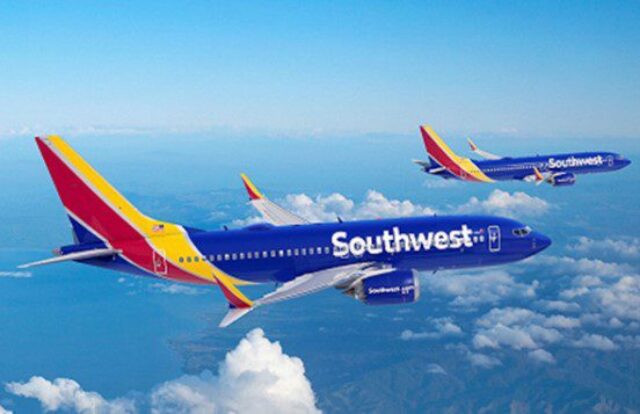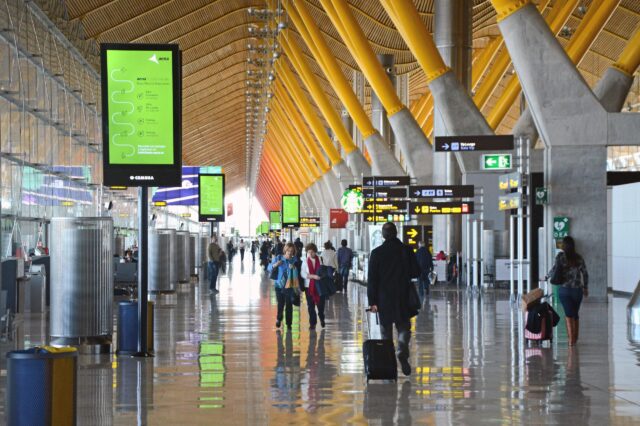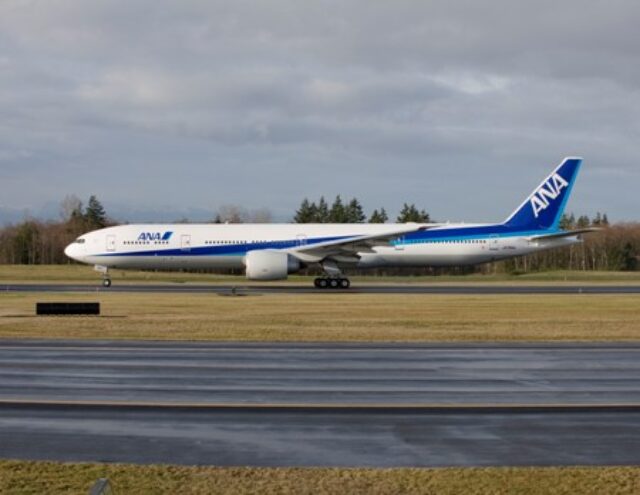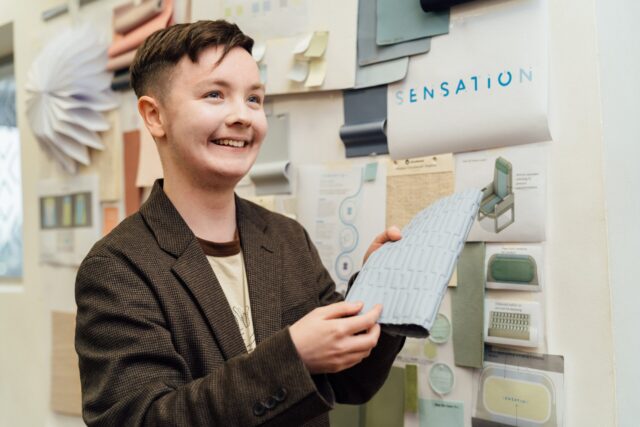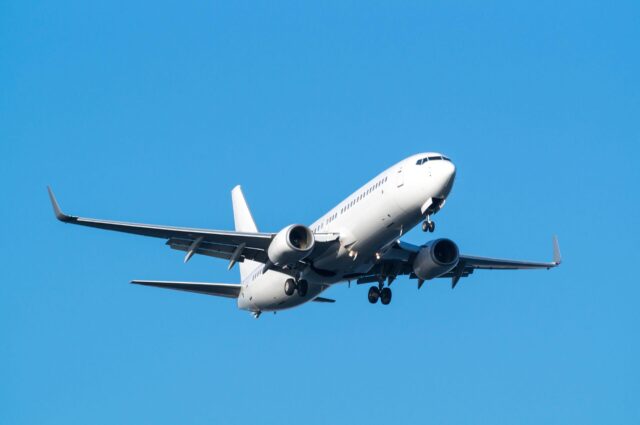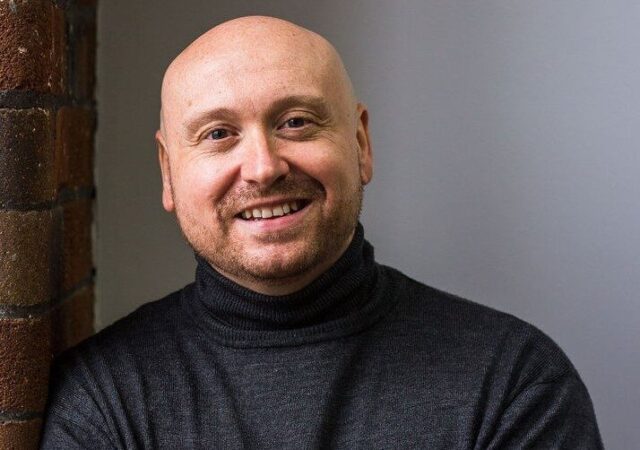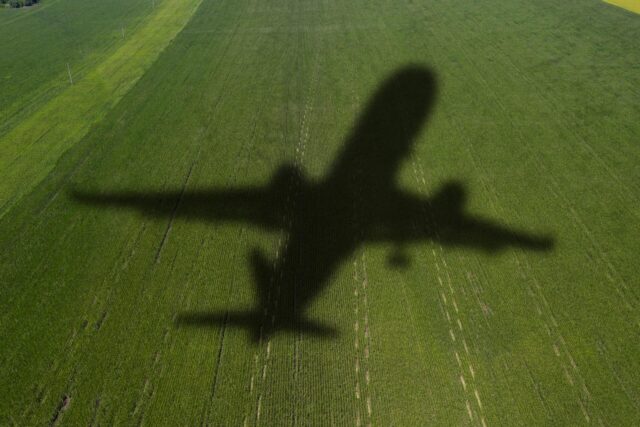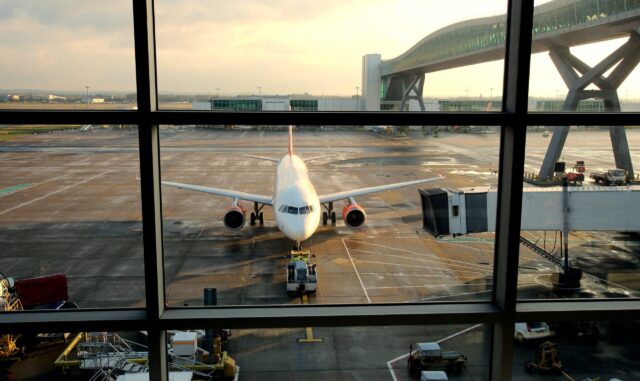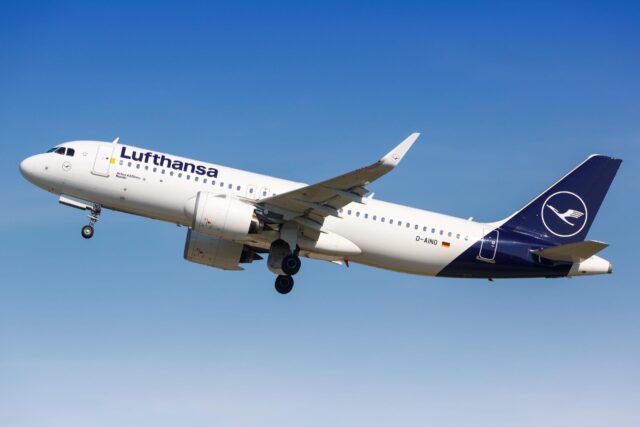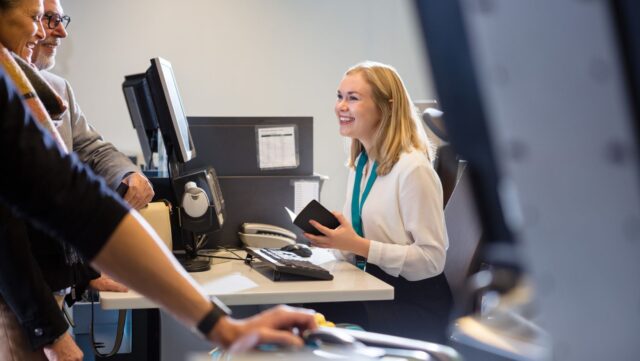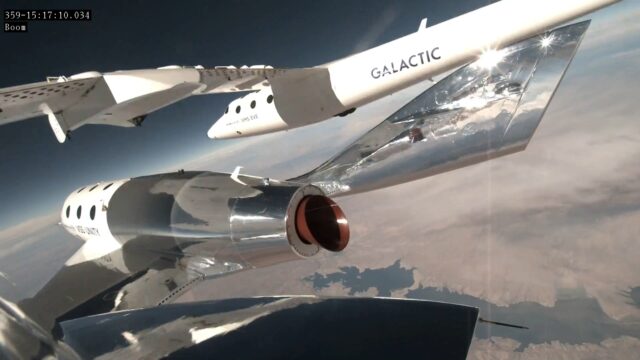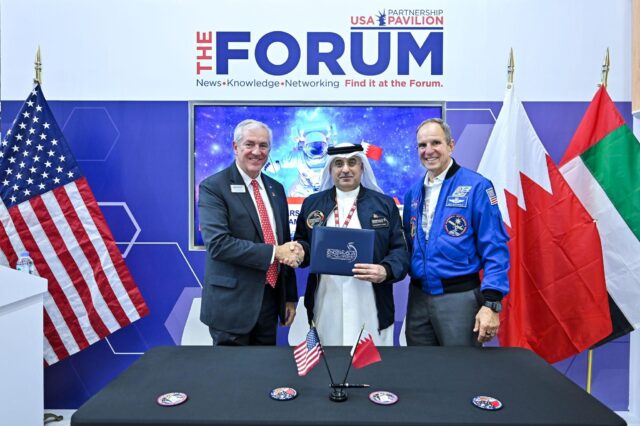Aerobility debuts modified Zenair CH750 STOL aircraft at FIA24

Offering disabled people the opportunity to participate in aviation activities, UK- based charity Aerobility is debuting its homebuilt two-seater Zenair CH750 STOL aircraft at this year’s Farnborough Airshow, as part of its ‘Building a Dream’ project.
G-ICAN touched down at Farnborough last week ahead of the show’s opening, having flown from Blackbushe Airport under a special permit from the UK Light Aircraft Association.
Based on extensive research and experience of working with disabled people, Aerobility chose to adapt Zenair’s CH750 based on its metal construction, which provides durability given the methods employed by some disabled flyers to enter and exit the aircraft. With the process of designing and certifying changes to the original design of an aircraft much easier with permit aircraft, the charity has been able to fit the aircraft with multiple modifications so that its controls are accessible and useable by people of all abilities, regardless of impairment.
Aerobility’s ‘Building a Dream’ project was first announced at the Farnborough International Airshow in 2018, as a pledge to build an aircraft “one rivet at a time” with a team of disabled as well as able-bodied volunteers.
The charity’s CEO, Mike Miller-Smith MBE, supported by Advocacy Manager Harvey Matthewson, will be fielding a 20-strong team at FIA 2024, where they will highlight and address the challenges of diversity, equality and inclusion (DE&I) across the sector, including in the space sector.
In a collaboration with King’s College, London, Aerobility is working on a feasibility study to help generate data with the aim of making spaceflight accessible to people with physical disabilities. “Aerobility connects the disabled community with academia to ensure that the really important questions are asked and answered in order to enable the disability community to travel into space like everyone else. Even small adjustments to equipment can make space more accessible,” said Miller-Smith.
